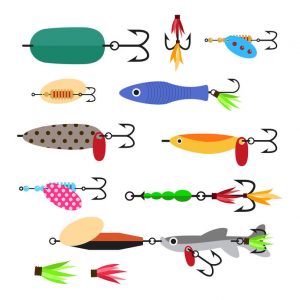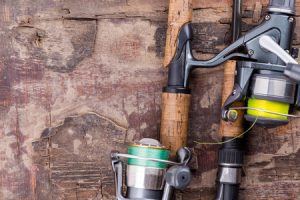If you want the fish to bite, you need to have the right bait. After all, fishing is about fooling the fish, making them believe that your line is just a piece of prey. As such, you need to fool them not only by sight, but by taste as well. They will use their sense of taste to determine if something is edible. As such, your bait needs to be enticing enough for them to chomp down on it.
When it comes to saltwater fishing, a variety of live and cut baits will work for your needs:
Live bait
For saltwater fishing, live bait is usually your best bet. They’re harder to manage, though, so only expert anglers should be handling live bait. Crabs, used alongside your lightest hooks, leader, and line, is the best combination for saltwater fishing. Just make sure you don’t touch the bait too much before putting in onto the hook.
Cut bait
If you’re a beginner angler or simply not comfortable with the idea of using live bait, you can always turn to cut bait. In order to trick the fish into thinking the bait is prey, you want to keep your bait fresh and firm, with the eyes clear and the gills red. To keep it this way, we suggest freezing your bait in a vacuum-packed package and then, while you’re out on the water, keeping it on ice inside of a cooler.
You have a few choices when it comes to cut bait, including:
- Clams
- Mussels
- Shrimp
- Squid
Now that you’ve got your bait, it’s time to head out onto the water. At Morning Flight Charters, we have plenty of fishing trip options for you to choose from, so don’t wait, book your trip today!








